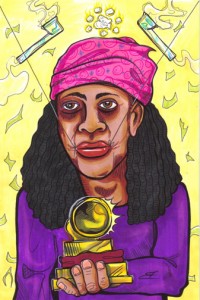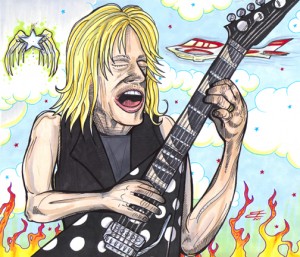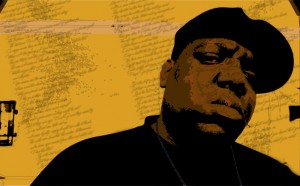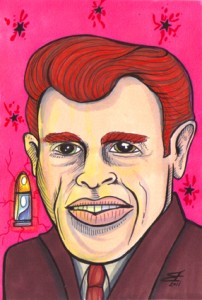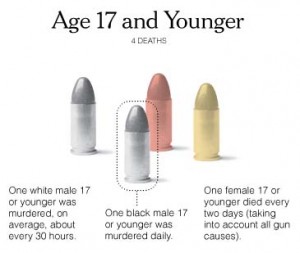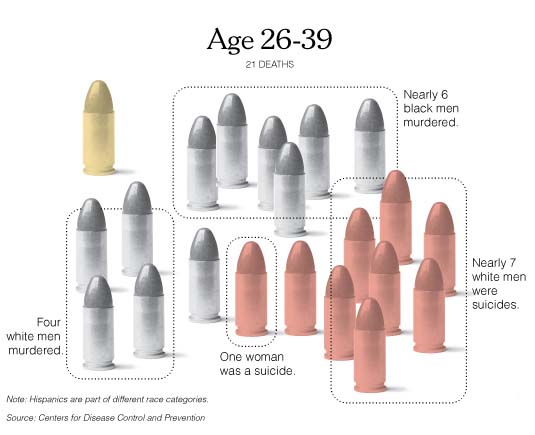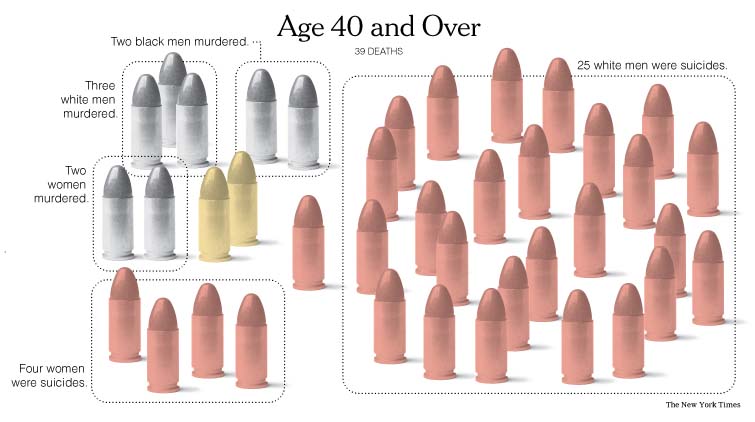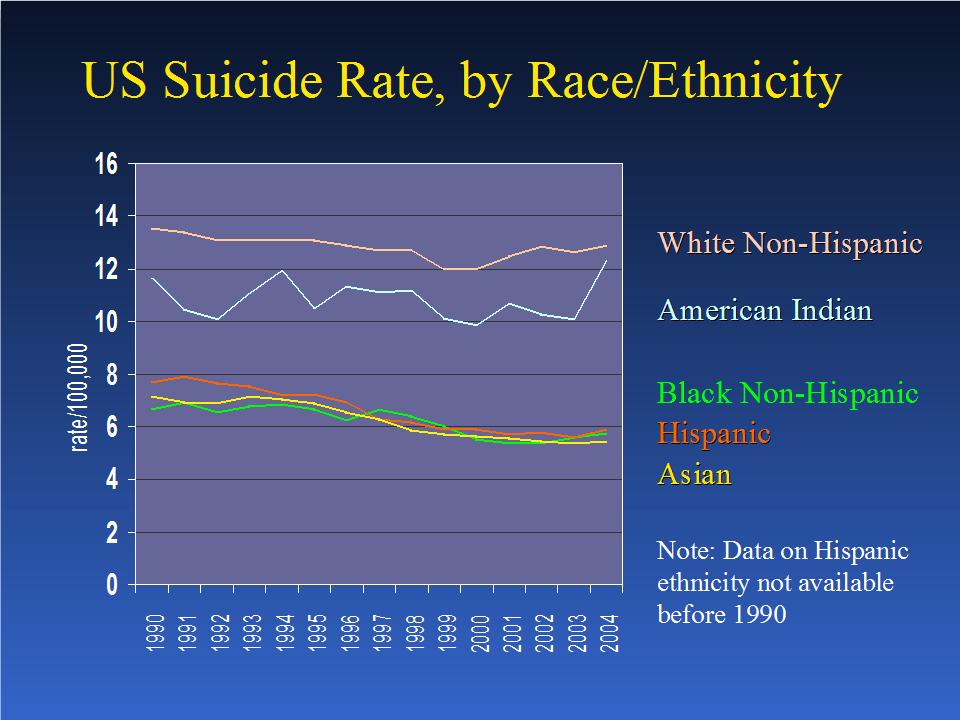Everyone knows Milli Vanilli, but no one knew the true Rob Pilatus. In 1989, this dashing diva was proclaimed a lesser god of the retarded when Milli Vanilli broke with the most successful American debut since the Beatles. The group’s name is an obvious reference to the fourteen million vanilla morons who purchased their records and cassettes that year. Sorry, girl, you know it’s true.
Milli Vanilli was the deformed brain child of German producer Frank Farian. Frank was already infamous for masterminding the 70s disco group Boney M, whose records feature Farian’s voice singing over Farian’s music, with the supposed singers miming along to recordings in their live shows. As if disco wasn’t fake enough already.
In 1988 Farian plucked the model/dancer duo Rob Pilatus and Fabrice Morvan from the streets of Europe to front quasi-musical Cheez-Whiz composed by three unsightly singers. Farian proceeded to cram his money-grubbing hands into these two dreadlocked dupes like Buffalo Bob relentlessly fisting Howdy Doody.
Farian’s cynicism is staggering. That he convinced Pilatus and Morvan to become ersatz pop zombies is unconscionable, but the music he ironed their faces onto is so absurd, you have to wonder if there is nothing so stupid that people will not believe it.
Like their other three major singles, Milli Vanilli’s ”Girl You Know It’s True” sold over a million copies. The storyline is familiar: A streetwise young man tries to convince a goo-goo-eyed girlie to give him some booty, drawing her into some parallel universe where all inhabitants exhibit the discernment of an earthworm. The lyrics are brain-scrambling—just the way she likes it.
Although Frank Farian published alternate lyrics to cover his tracks, if you start listening to the song—posted below—at about 1:00 min., you clearly hear:
Don’t you understand, girl,
This love is true
Your soft, sickly hand all sweet and thin
That’s kind of like abortions upon your skin
And I can suck my dick, and that’s also true
Together we are One, separated we are two
To make it all mine, all mine, is my desire
The super-tail mullets that I admire…
On and on, waves of nonsensical phrases, disjointed dance moves, shiny shoes running in place, barely concealed homoeroticism, matching motorcycle jackets—a classic recipe for brain-washing detergent. The ladies’ man repeats his four-letter magic word again and again—”This love is true,” “I’m in love this time,” “Girl, you know it’s true, my love is forever”—and by the end of the video he’s got her down on a cheap motel bed, where she presumably chooses to stay.
This sequence of events is such a depressingly believable portrayal of the human condition, it’s no wonder Milli Vanilli won a Grammy in 1990. Every night, a substantial proportion of human beings get their groove on by means of exaggeration, outlandish promises, and bald-faced lies. Milli Vanilli may have been stripped of their award after the dubbed vocal track started skipping during a live performance, but the chilling insight of their living metaphor remains poignant.
Rob Pilatus couldn’t handle the shame and ostracism that followed this debacle. He took to hoovering mountains of cocaine, acting a fool, and frequently threatening to commit suicide.
On one occasion he was pulled from a hotel balcony by the police. In 1990 he was charged with sexually assaulting a 25 year-old woman. In 1996 he spent 90 days in jail for bashing a man with a metal lamp-stand, assaulting another guy, and breaking into a car.
Despite Pilatus’ desperate condition, Frank Fabian arranged for a Milli Vanilli comeback in 1998. But on the eve of the tour’s beginning, Pilatus disappeared into the German fog. He was found dead in his hotel room on April 3, 1998, having overdosed on prescription pills and alcohol.
Despite rumors to the contrary, it is fairly certain that the man in his coffin was indeed Rob Pilatus and not a studio musician.
© 2011 Joseph Allen
Milli Vanilli — “Girl You Know It’s True”
1989
Special Thanks to Glen Brazell
